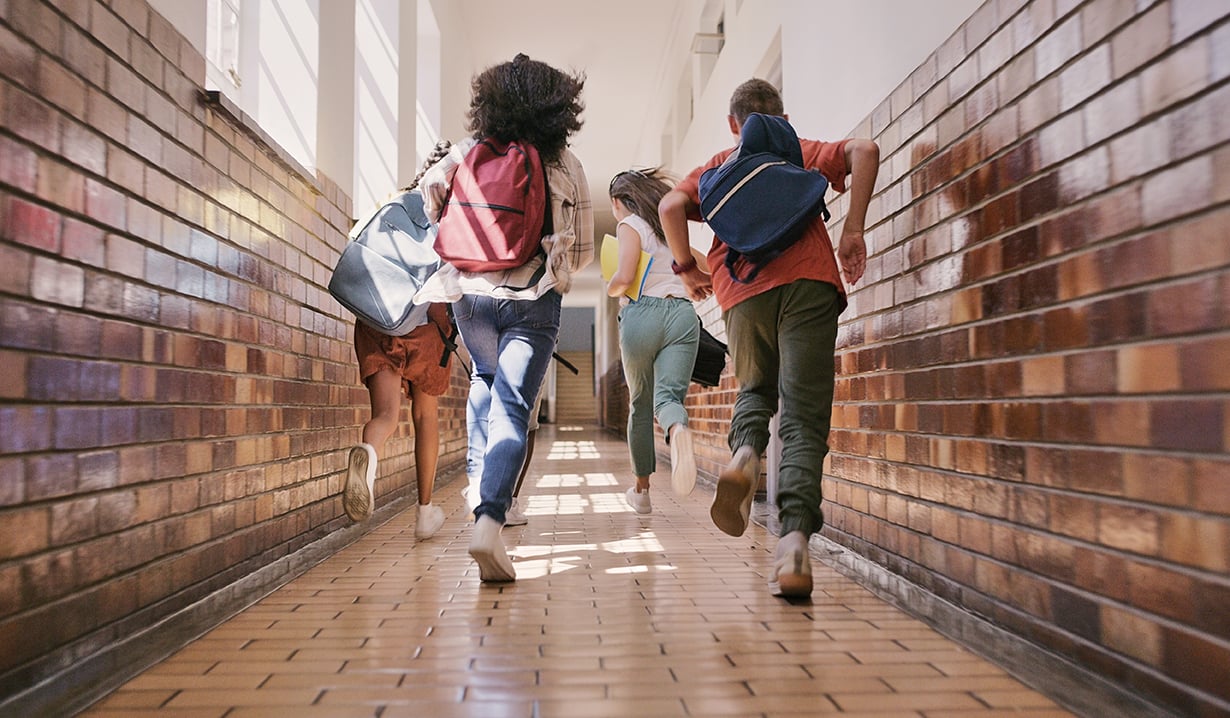
There’s a lot for kids and teens to look forward to on a break from school. No homework, for one. But breaks are not without their challenges. Young people can exhibit increased mental and behavioral health symptoms when adjusting to a new day-to-day routine outside of school. Luckily, parents and caregivers can make a big difference in helping kids adjust and cope. Use a few tried-and-true tips to make upcoming breaks less stressful for your family.
Why breaks affect kids’ and teens’ mental health
Change in routine. Losing the predictable structure of school and other regularly scheduled activities gives kids and teens more free time. They may not have practice spending unstructured time and, depending on their age and ability, they may need direction or assistance.
Change in social interaction. Being on break from school can limit kids’ time with friends, especially for kids who aren’t in touch with friends via phones. Spending less time with peers and more time with family can be an adjustment. For kids who have social difficulties at school, breaks can be a welcome respite. For kids who have difficult relationship dynamics at home, breaks can create extra stress.
Change in healthy habits. Getting sleep and adequate nutrition can be difficult without the structure of school. Holidays also often come with indulgence.
Marker of performance. Breaks often happen at the end of a semester or other academically significant period of time. Anxiety about grades or other performance measures can be a source of stress.
Marker of loss. Breaks that include holidays, particularly at the end of a year, tend to be reflective. Losses from the year or previous years can bring up grief.
Climate. Depending on the region where you live, winter can be a time when people are getting less time outside, less sunlight and less vitamin D. A lack of vitamin D is associated with decreased mood. Read our blog on seasonal affective disorder for signs of when your child’s “winter blues” may be something more serious.
Seasonal pressure. Breaks shorter than summer break can feel time pressured. There can be an urge to fit in everything before going back to school. Also, there can be increased expectations to gather with loved ones and participate in seasonal opportunities.
Illness. Particularly during winter break, it is not uncommon for young people to experience cold, flu, COVID-19 or other viruses this time of year. Read our recent blog on what to expect this respiratory illness season.
How mental health symptoms show up
For kids and teens, particularly those who can’t verbalize their emotions and inner experience, mental health often presents itself through behavior. It is helpful to pay attention to new behaviors or changes you notice on break versus when school is in session. Some behaviors to look for:
- Acting out, fighting, seeking attention
- Disrupted sleep
- Changes in appetite
- Overwhelmed, shut down or big emotional reactions
What helps
While there is no one-size-fits-all solution to improving young people’s mental health, some simple actions can have a meaningful impact. Try what works for your family.
Make a simple, sustainable routine. Give kids and teens a set wake up time (+/- 1 hour) and bedtime. They can be different from school wake up and bedtimes, but consistency helps.
Set clear expectations. Post guidelines and rules at the start of the break to prevent miscommunication. Outline what you expect for how time is spent, what needs to get done, etc. For example, for every hour of screen time, do 10-15 minutes of physical activity.
Lower the bar. Lessen pressure on yourself and your family to have the perfect break. Do things that fit your family, don’t force things that don’t fit. Give grace when things don’t work out the way you expected.
Practice open communication. Model healthy communication by talking openly, in an age-appropriate way, about how you are doing. Check in with everyone one-on-one to see how they’re feeling and what they need.
Involve kids in planning. The best way to ensure that kids enjoy celebrations and activities is to ask them what they want to do. Get their input and make compromises. With older kids and teens, have them do a project they can start and finish during the break. This will give them a sense of accomplishment.
Integrate physical activity. As a family, play games, go on walks and run errands on foot if possible.
Leave room for down time. Have a list on hand of activities kids can easily do. Be okay with boredom.
Before you know it, the kids will be back to school. No matter what happens, take comfort that you did your best and all learned more about what works best for your family.
